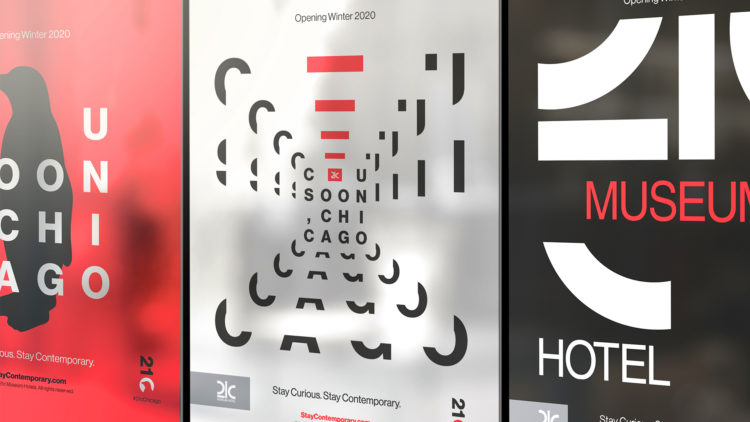My first keyboard was on a typewriter. (Hey, at least it was an electric typewriter.)
My early jobs were writing help wanted ads, catalog pages, and direct mail campaigns. These days, it’s display ads, landing pages, and email campaigns.
I long ago studied and learned all the techniques and best practices of direct response marketing. Today? Well, guess what: most of them still apply, but a few have evolved.
So let’s take a closer look at what’s the same and what’s different since I began copywriting, IMHO. (Hey, there’s one right there! Acronyms, abbreviations, shortcuts, numbers-as-words, even emojis and emoticons—anything that shortens your character count appeals in the age of tweets and texts.)
SAME
Regardless of medium, copywriting is still about communicating—telling a story. We’re still saying something meaningful to an identified audience. Still giving them reason to choose our offering over other options. Still driving a specific response via a call-to-action (even if the objective is a high-funnel one like awareness).
We still rely on emotion as well as logic—yes, we want our target to feel good about themselves, our brand and our offering, but we also want to supply them with a rational reason-why, too.
We still must be accurate, both in substance and in execution. The need to proofread, edit, get approval from colleagues and clients, and so on—technology has changed none of that.
Grabbing attention in a matter of seconds remains paramount. From headline to subject line to outer envelope, making that first impression is a vital as ever.
Body copy should be scannable, easy to read, and sensibly sequenced, as always.
Calls-to-action still need to be clear and simple to tell readers what we want them to do next.
And last but so not least, we still can and should test. Learning what works, and what doesn’t remains fundamental to direct response marketing in any medium.
DIFFERENT
Much of what’s noticeably different today is a direct result of users consuming information on a screen instead of from physical sheets of paper. This is enhanced even further when we’re talking about small, portable screens, primarily phones and other mobile devices, because:
Everything’s faster. People on the go are by definition heading somewhere with a purpose, and usually under a deadline. Time and speed matter, and if your message doesn’t connect almost instantly, you’ve lost ‘em.
There’s also a lot more content competing for users’ attention, especially when you consider that they’re almost certainly multi-tasking. (I remember getting scolded for having the radio on during homework. How can you concentrate with that racket? Somehow, I graduated. Over and over again.)
The audience is different than for the world of print, even though it might consist of the same individuals. Their mindset is not the same on the go as when they’re sitting comfortably somewhere with a book or magazine or even a pile of snail mail.
Mobile readers are not actually reading—they’re scrolling and scanning. The advice you see is that you need to “write visually,” with shorter chunks of content and plenty of images.
This latter notion does apply to print, too, but not as powerfully. People are used to seeing long copy in print, and are generally more willing to spend more time with it—they can tell how far they have to go, too, which doesn’t happen as intuitively on a screen.
Another issue—this time not related to screen-versus-paper, but more to the technology behind the screen, and how the Internet works—is that print doesn’t use SEO. With websites, you’re not always writing directly to or solely for actual human beings. Search algorithms, spiders and ‘bots are the gatekeepers. This sucks. But so does stubbing your toe or dropping your ice cream—and it’s part of the copywriter’s life now, so deal with it.
SAME BUT DIFFERENT
Just as back in the day you couldn’t just grab your long-form copy and, say, make it a radio spot, you can’t just grab your print content today and throw it online! There are many more factors than there used to be—videos, gifs and vines are part of the mix, and every social media channel has its own rules, purposes and best practices—but the basic necessity to tailor your message to your medium still stands.
Websites, for example, can afford to use more space than display ads…but how different is that really from a letter-brochure-buckslip-packed envelope you get in the mail versus an outdoor billboard you drive by? It isn’t—you still have to know what medium you’re in and how your user will experience it.
Establishing credibility, via testimonials, quotes or case studies, is still as smart as it’s always been, too. But to that we can now add likes, shares, retweets and other credibility-boosting actions unique to social media.
So. Have the challenges of direct response copywriting changed with time and technology? Of course. But much of the foundation for success has not. It is still a vocation of communication, and that means connecting with people, and people are still people. The more things change, the more they stay the same. Now if you’ll excuse me, I have to change my typewriter ribbon restart my laptop.
- Tagged in:
- copywriting,
- creative,
- digital













